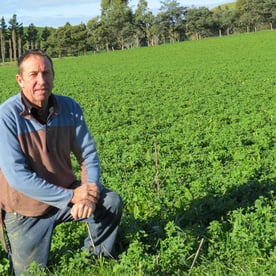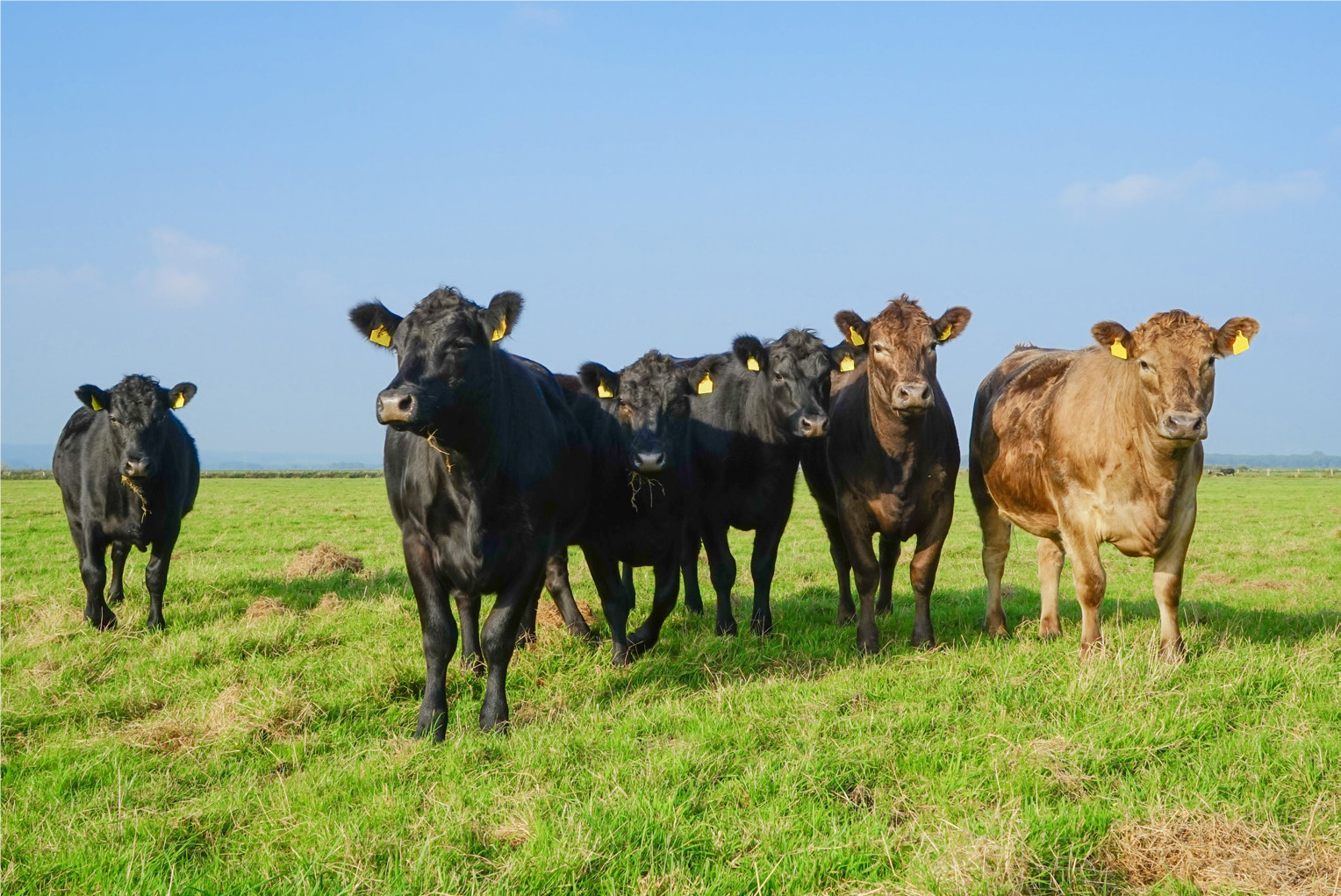
Marlborough farmer Doug Avery has been generous in sharing his story of how he went from being a miserable farmer to a happy, confident one.
Doug was stuck “farming in a way that was never going to return anybody anything”, and he knows it’s fairly common. “There are hundreds of farmers out there who are just dazed, going through the motions as best as they can and hoping something will change.”
He’s been speaking about this publicly because he wants others to understand what’s possible. It’s a way of thanking those who helped him.
“Nothing will change until you change”, he says, and the good news is there are people and organisations ready to help.
Now Doug is now taking the next step to connect up these resources with the farmers who can use them, through a business called “Resilient farmer” (www.resilientfarmer.co.nz) .
The focus is practical – like making sure a farmer has their “hands on the right tools”.
Looking back, Doug describes himself as a farmer who was good at “$20 to $25 an hour work – driving a tractor, shifting sheep, milking cows or fencing. That work, I could find someone to do that for $20 to $25 an hour, so you can’t award yourself more than that for your input. Most farmers are incredibly hard-working and do 50 hours a week, so they’re worth $52,000 a year – and I don’t know any farm business that could survive on that.”
The next level is using tactical tools to help the farm run better and more profitably. The Avery property, 1500ha Bonaveree, uses FarmIQ farm management software. “It’s a high-value tool," says Doug. "Every year its value to our business is growing.”
This along with feed budgeting and financial software are examples of tactical tools, he says. “To employ people to do that sort of work, you pay closer to $100 an hour, so if a farmer starts to use one of those he can award himself that. You’d do about 40 hours a week and then 10 hours of something active, so that’s over $200,000 a year. Or farmers might do a mix.
“Then there’s another level of what I call strategic work – looking at the vision going forward, including whole-farm systems change, plant species, stock type, integration. That’s worth $1000 an hour.
“When people understand this kind of thinking and mark themselves against those criteria, they will start to understand why their business is doing well or poorly.”
Doug says looking back, he wasn’t short of work ethic or commitment, but he was “short of direction and tools… If you’re not doing feed budgeting, data recording and analysis, and if you can’t come up with a figure for how many cents per kilogram dry matter you earn for each of your activities – you really don’t know what is happening and you never will.”
Recently he’s realised that it’s also about personal wellbeing. When farmers are unhappy and don’t talk, it can wreak havoc in families and communities, he says.
To be resilient, farmers need to understand good decision-making processes, how to handle stress, the importance of talking things through with others and of getting away from the farm sometimes. “There is a wave of action around wellbeing in New Zealand now.”
Is it time for change?




